Laura Knight in 5 Paintings: Capturing the Quotidian
An official war artist and the first woman to be made a dame of the British Empire, Laura Knight reached the top of her profession with her...
Natalia Iacobelli 2 January 2025
Read the story of Anna Bilińska, a Polish painter who spent her life in Paris. Discover her moving portraits and the fascinating story of her turbulent life.
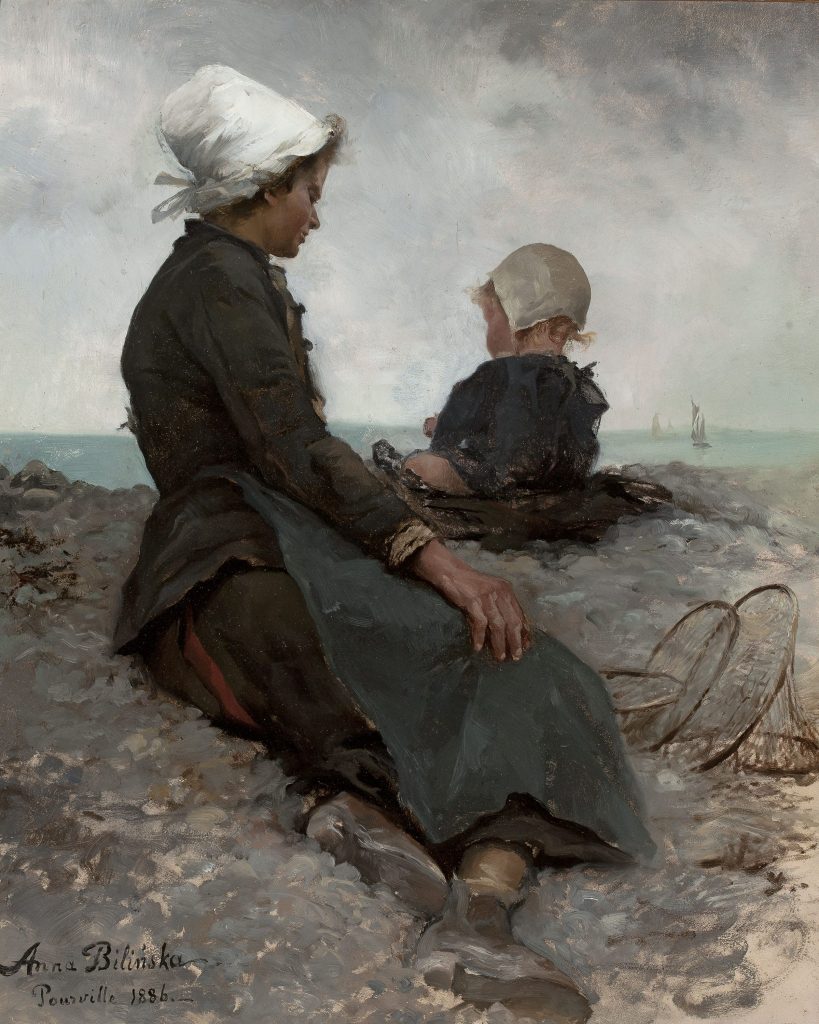
When Anna Bilińska, born in the territory of today’s Ukraine, then part of the Russian Empire, moved with her mother and siblings to Warsaw, she began attending private drawing lessons. Her talent let her contribute to the family’s income by selling little drawings and portraits. At age 28, she ventured with a friend on a tour around Europe, which could be considered her Grand Tour, visiting Vienna, Salzburg, Berlin, Rome, and Paris.
Seeing Paris helped her understand that she wanted to pursue painting above all. She moved there and stayed at a friend’s house. At the end of the 19th century, women were still not allowed to attend public art academies, thus Bilińska joined the private but extremely prestigious Académie Julian in 1882. Women also couldn’t share workshops with men given the presence of nude models, Bilińska, therefore, practiced only with her other female colleagues.
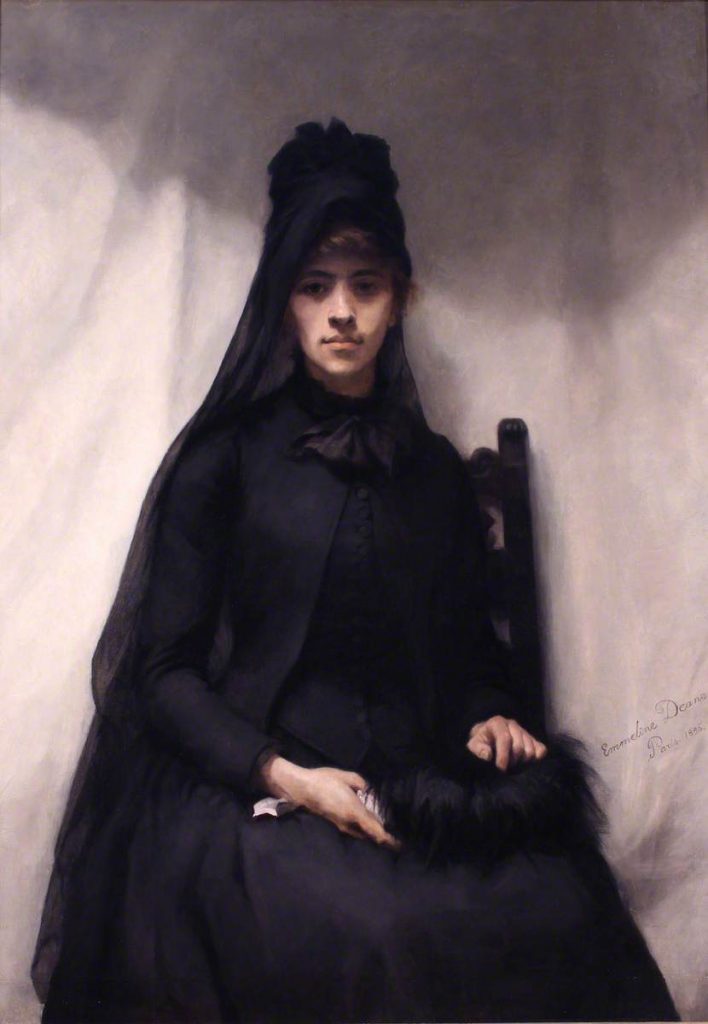
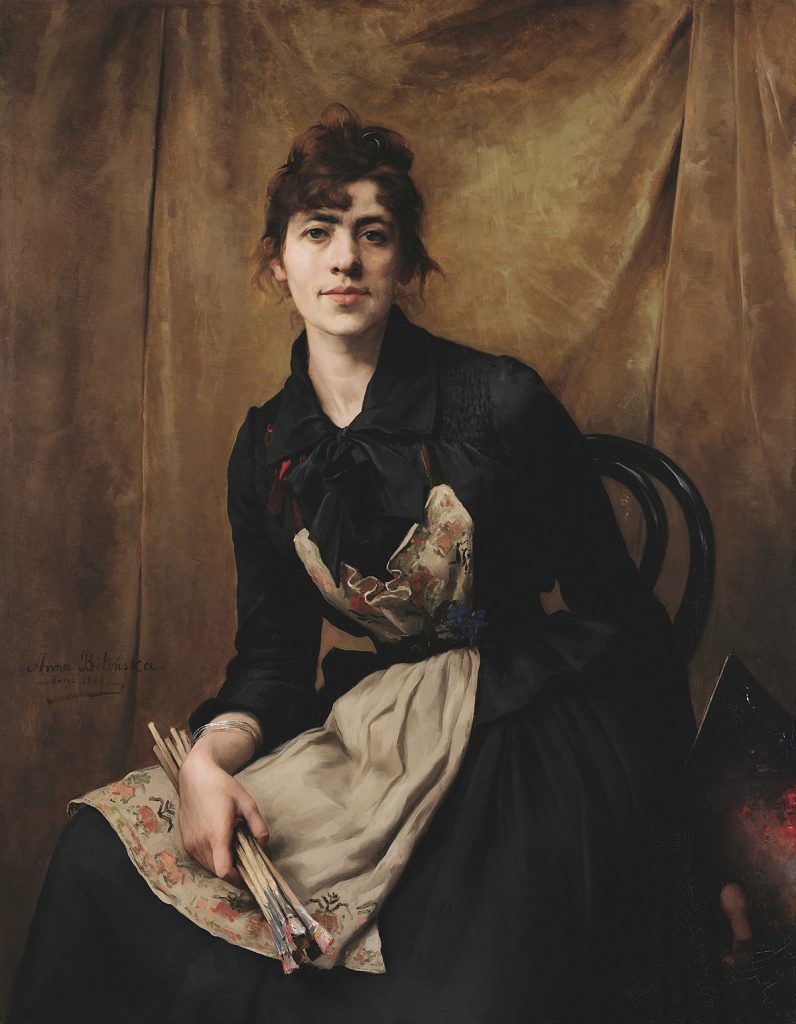
Bilińska showed her Self-Portrait at the Paris Salon and won. This was a great success since at the time women rarely received any recognition at important exhibitions. The jury was impressed by the skill and the depth of emotion she presented here. The black dress suggests that Bilińska still mourned the loss of her loved ones. The victory at this prestigious competition opened up doors to an international career and Bilińska’s works started touring Europe, even reaching the US.
It also drew the attention of the Parisian creme-de-la-creme to her and gained her new clientele. In the period that followed, Anna Bilińska had many commissions for portraits of higher social class representatives. At the same time, she painted small-sized pastels of children from the Lyon area, as well as portraits of Polish immigrants to Paris, which she would later gift to the sitters or their families. Moreover, she worked as a guardian at the Académie Julian, ensuring the proper functioning of the women’s workshop and taking care of young students.
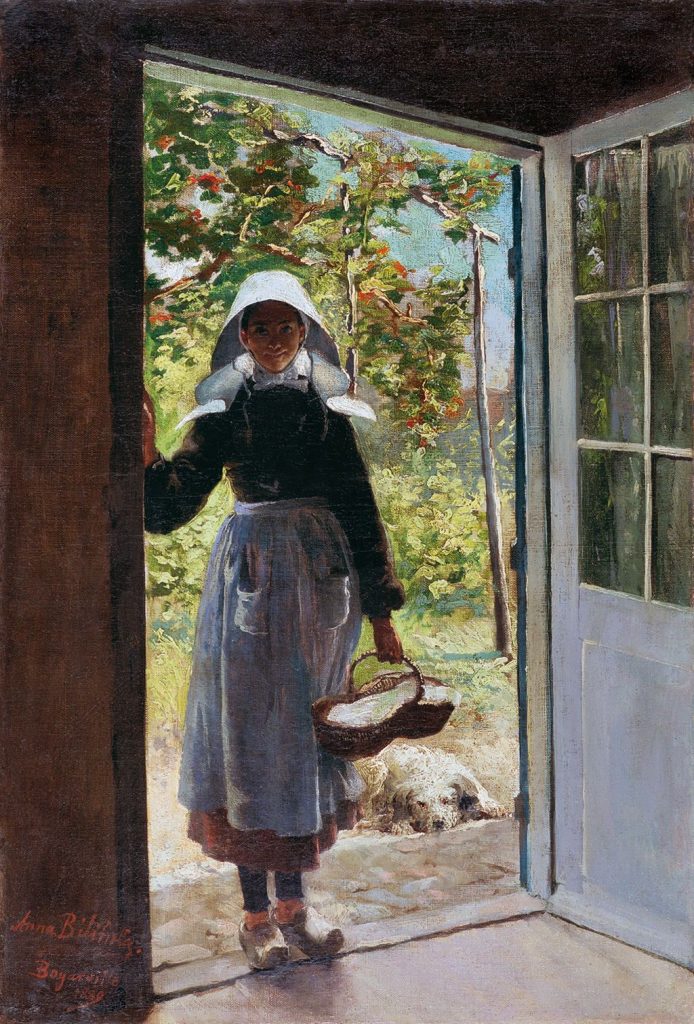
The dog featured in this painting also appears in another one, the Beach in Boyardville (1889), where the artist went for a holiday.

In 1892 Anna Bilińska married a Polish doctor Antoni Bohdanowicz and returned to Poland with him. She had ambitious plans to set up an art school for women in Warsaw but she suddenly died of heart disease, just a few months after her wedding, leaving this astounding portrait unfinished. In 1928, her husband published a memoir about her at his own expense containing press clippings, artist’s letters, and archival photographs.
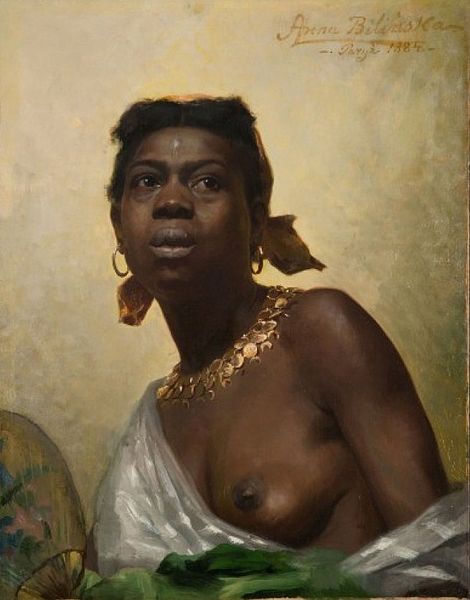
Even after her death, her works were not left in peace. During World War II, two of her paintings went missing, one of them being the portrait above. Since 1945, the Polish Department of Culture and Heritage has searched for both works. It was not until 2012 that this painting resurfaced at an auction in Villa Grisebach in Berlin and was bought by the Polish government. The other one, a Portrait of an Italian Woman, is still missing so keep your eyes peeled!
Maybe you’ll be the one who finds it somewhere…
DailyArt Magazine needs your support. Every contribution, however big or small, is very valuable for our future. Thanks to it, we will be able to sustain and grow the Magazine. Thank you for your help!